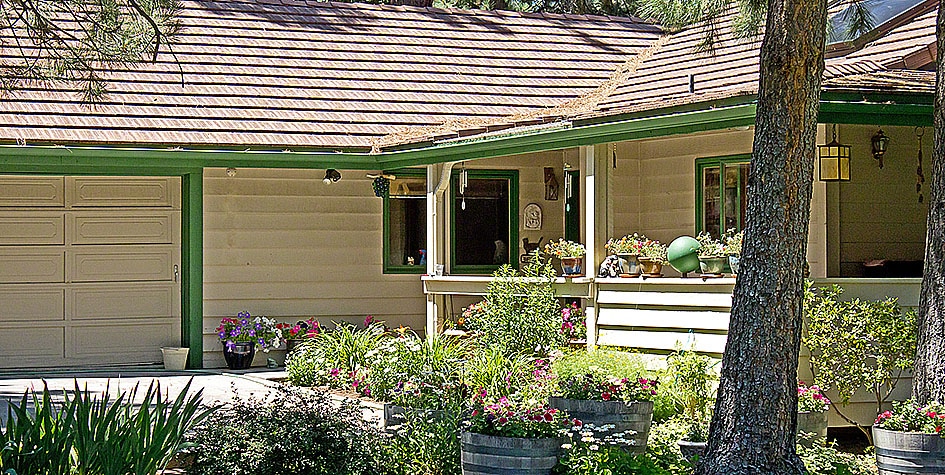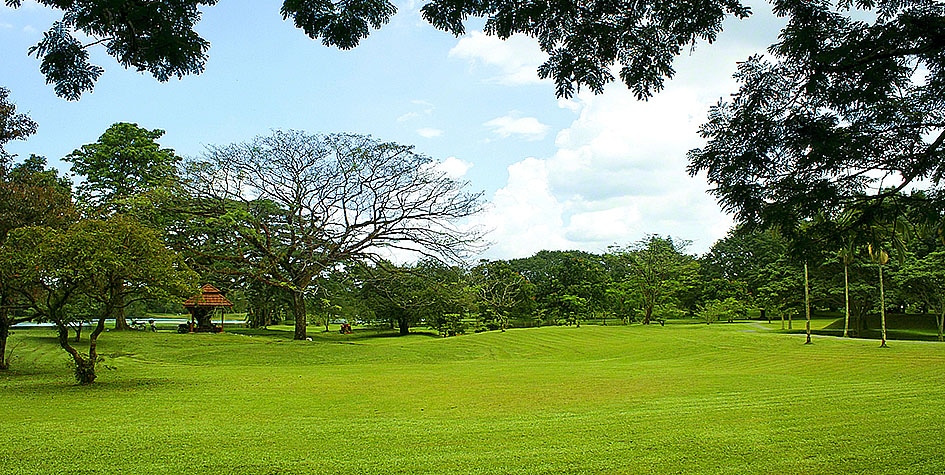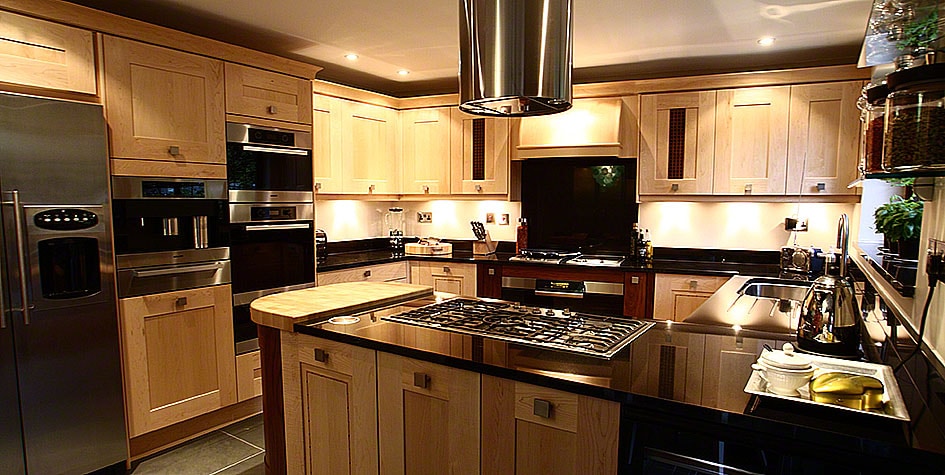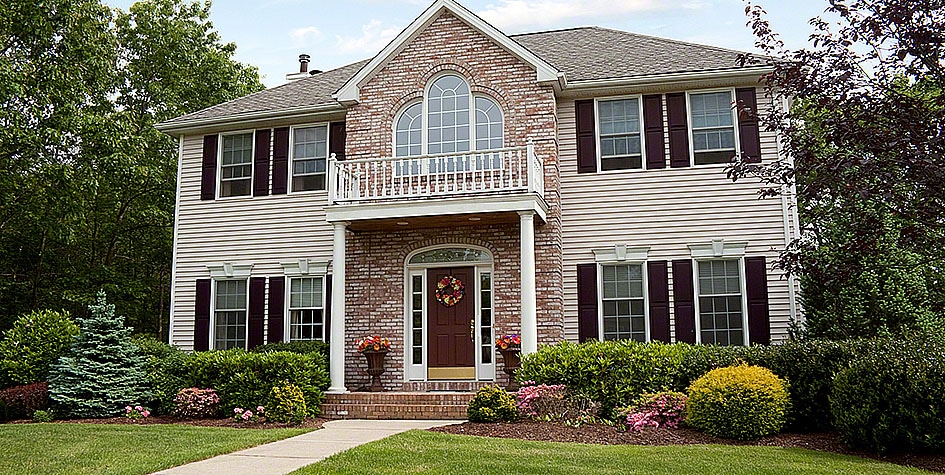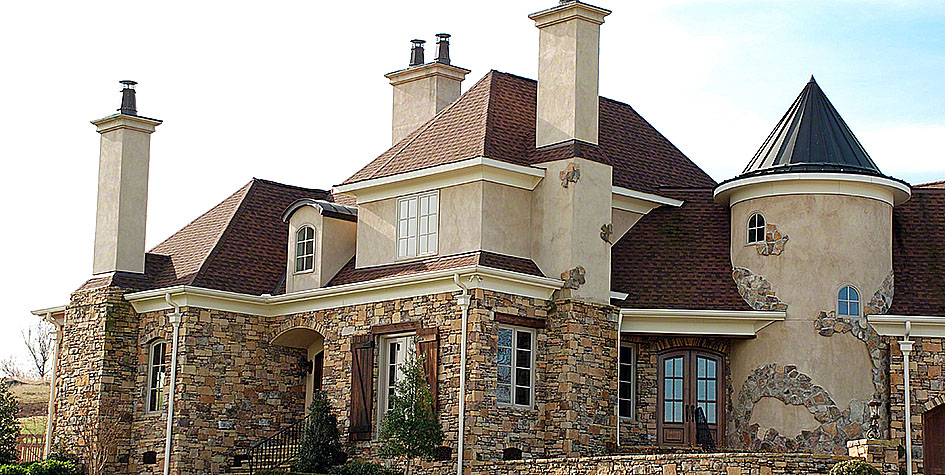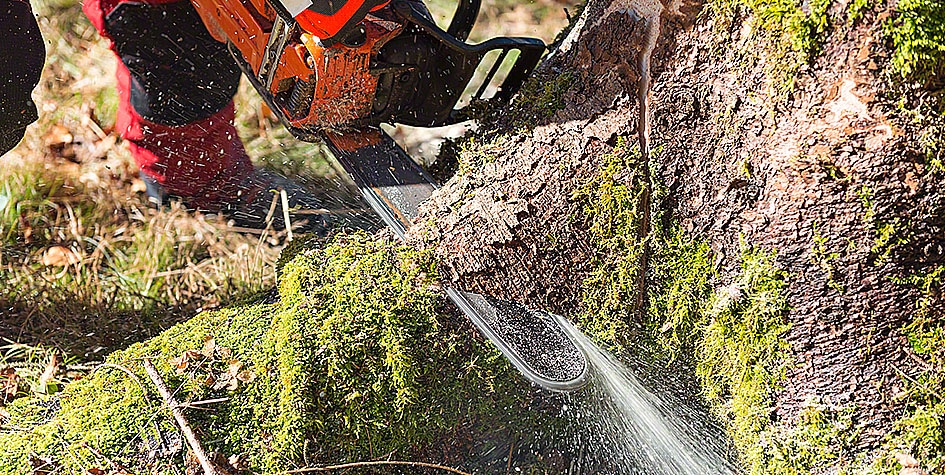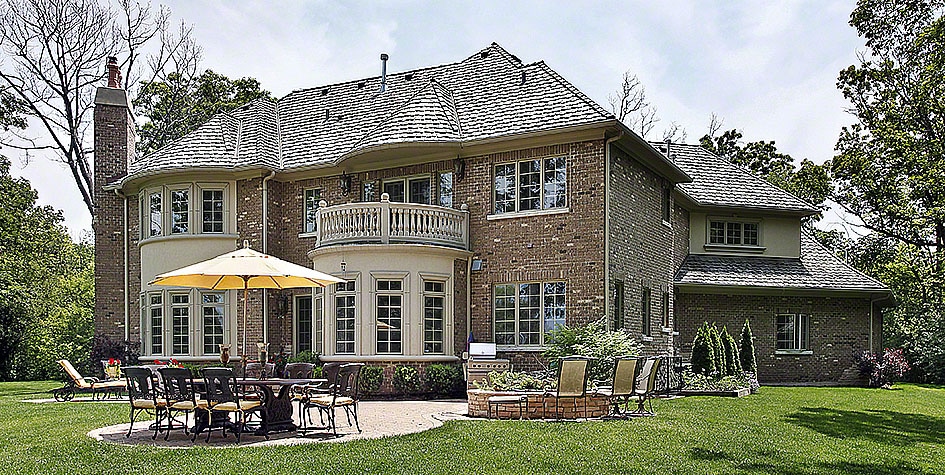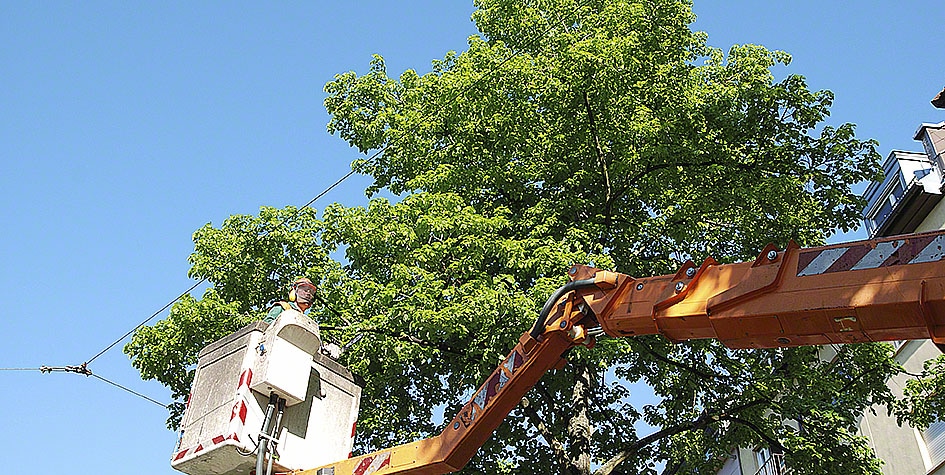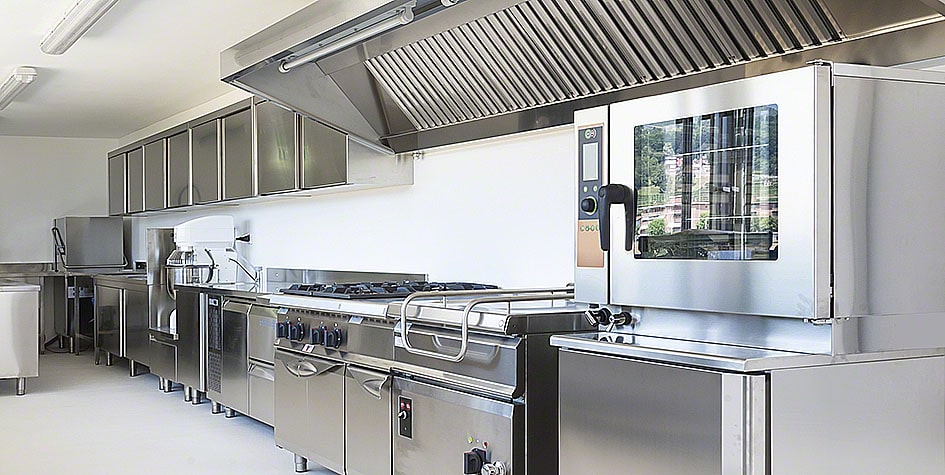Retaining walls are popular due to the benefits they offer. While reducing soil erosion is one of the biggest objectives, not many people are aware there are some drawbacks as well. Building a backyard retaining wall is not as easy as it seems. Considering it has to withstand soil pressure, it needs to be built the right way by an expert who are retaining wall and patio builders. So, if you are skeptical about building a retaining wall in your backyard, here are some dos and don’ts you should consider.
Do Check With The Authorities
The first thing you are going to do when it comes to building a backyard retaining wall is check with the authorities. Keep in mind that the building process can impact the flow of water to your neighbors. This is why some states require applying for permits.
Once the permits have been issued, you can begin the construction. However, you will need a professional to handle the task as well. You might come across many that are willing to offer their services at a lower rate and you might be tempted to opt for them but you should stay away.
Instead, find someone who has prior experience in building retaining walls. As mentioned earlier, retaining walls is not that simple and requires special skills and knowledge. Therefore, you need someone who cannot only handle the construction but also the legal aspects.
Do Choose The Best Materials
The next thing you to consider is the material. To build a retaining wall, you will need to opt for the best materials out there but that can be confusing considering the number of options in the market. Then, again, you will need an expert who can give the right information for making the best decision.
Remember, retaining walls are not like regular walls and are expensive to build. This is due to hours and days worth of effort and labor time required. On the other hand, every client has different requirements based on their needs, preferences, and budget. However, it is equally important that the retaining wall is long-lasting. Some popular materials include bricks, poured concrete, natural stones, etc.
Another noteworthy consideration is that the material you will select will directly impact the durability of the retaining wall. Moreover, the choice of the material will determine how aesthetically beautiful the wall will appear.
Amongst the options you have, brick tends to be the best material in most cases. This is because it is budget-friendly and also durable and reliable. Plus, if you live in an area where the weather conditions are extreme, a brick retaining wall will have no issue tackling heat, moisture, humidity, and snow.
Do Begin With A Good Foundation
Once you are done acquiring the permits and picking the best material for your retaining wall, you should move on to ensuring that the foundation is good and stable. Apart from the material, retaining walls rely on a solid foundation for them to last long. That is why the foundations must be worked on especially if they are old.
Then again, from the outside, you might think everything is perfect. However, only a professional can tell whether your foundation requires some work. Moreover, ignoring the foundation will cost you both time and money in the long run. Tearing down retaining walls is not an easy task either and will simply waste time.
This is why, it is better to consult an expert and request them to personally visit and inspect the area. If some work needs to be done, you should fix it first and then move on to building a retaining wall.
Similarly, checking the foundation before building a patio as well. This is why patio contractors Long Island inspect the soil first before they build any outdoor structure.
Do Have An Intensive Plan
Building a retaining wall not only impacts the natural flow of water but may also make or break the aesthetic appeal of your house. Believe it or not, building a retaining wall requires a sufficient amount of planning to ensure everything goes smoothly. The best way to do that is by sitting down with an expert and considering a variety of aspects such as the size, height, location, and the function of the retaining wall.
Keep in mind that a retaining wall doesn’t need to be built exactly the way you envisioned it. Depending on several external factors, the shape and size may differ. It might be that you thought you had a good idea but the expert might not agree.
For instance, if your house is on a steep inclination, you will have to make a proper plan. There is no doubt that if a retaining wall is built right, it will serve as a barrier against flooding and mudslides that can transform an unusable setting into a practical one.
Don’t Lay The Bricks Unevenly
When it is time to build a retaining wall and lay the first layer of bricks, make sure they are aligned evenly as it will set the tone for the layers that will come next. If the first layer happens to be uneven, the subsequent layers will be uneven as well which will make the entire wall look unappealing and crooked.
Additionally, keep in mind that if the gravel layer underneath the retaining wall is not balanced, the unevenness of the retaining will clearly show. This means that if the area where you intend to build a retaining wall is irregular, you will need to clear it out first.
Don’t Settle For One Tall Wall
You might have come across properties having a single tall retaining wall. This might be a popular idea but we suggest going for two or three equal-height walls. The reason is that a sequence of short walls will add to the aesthetic appeal and each wall will carry less weight, reducing the chances of failure in the future.
At the same time, slope stability is a major concern when building tiered walls. Depending on the situation, a slope might be able to handle a single tall wall but not tiered walls. That said, you will need to fix the foundation and decide whether you want a single or tiered retaining wall early on.
Don’t Forget To Allow For Drainage
Groundwater is the archnemesis of retaining walls. When the water saturates the clay-type soil, it swells resulting in immense pressure on the wall’s backside. To avoid retaining wall failures, you need to think about drainage.
You will need to build a route that will allow the groundwater to escape. To do that, you will need to backfill it with crushed stone. Moreover, you should install a flexible perforated drain pipe. The drain pipe should be long enough for the wall. And you should use crushed stone for covering the drain pipe as well.
Conclusion
Building a retaining wall is all about being smart and wise with your planning process. Plus, you need to hire a retaining wall builder Long Island who helps you pick the right materials and makes practical changes according to your needs and preferences. This way, you can reduce the chances of failure to a great degree.
Topics #building a retaining wall #don'ts of building retaining wall #dos of building a retaining wall #retaining wall builders #retaining wall materials #retaining wall permit #retaining wall tips
